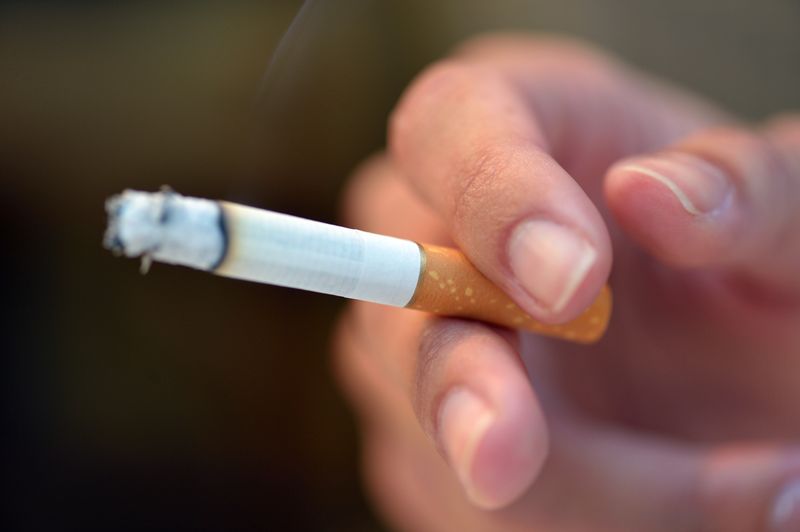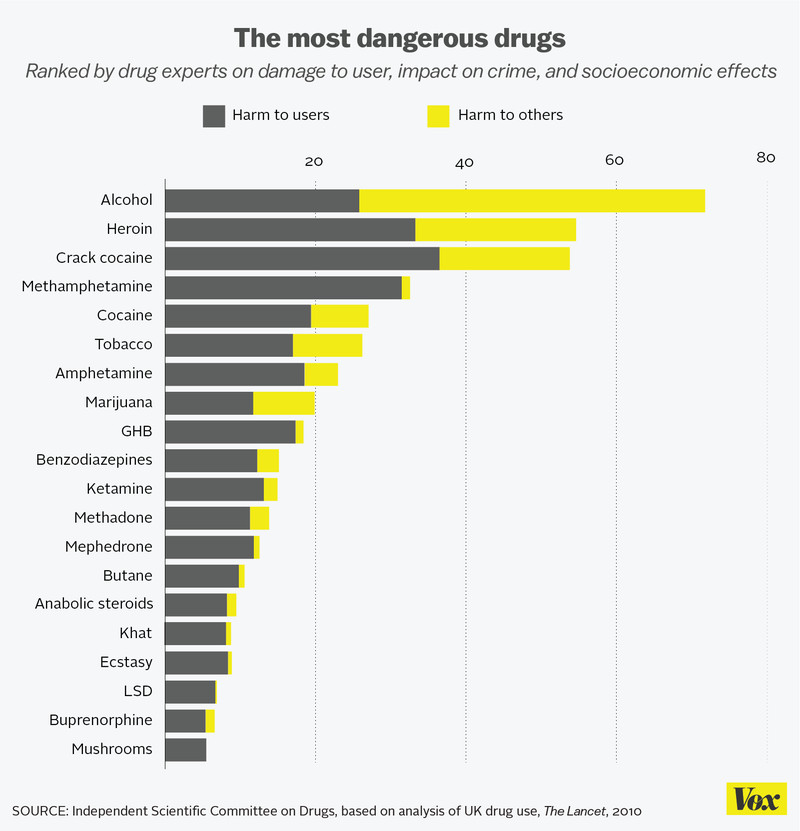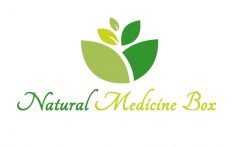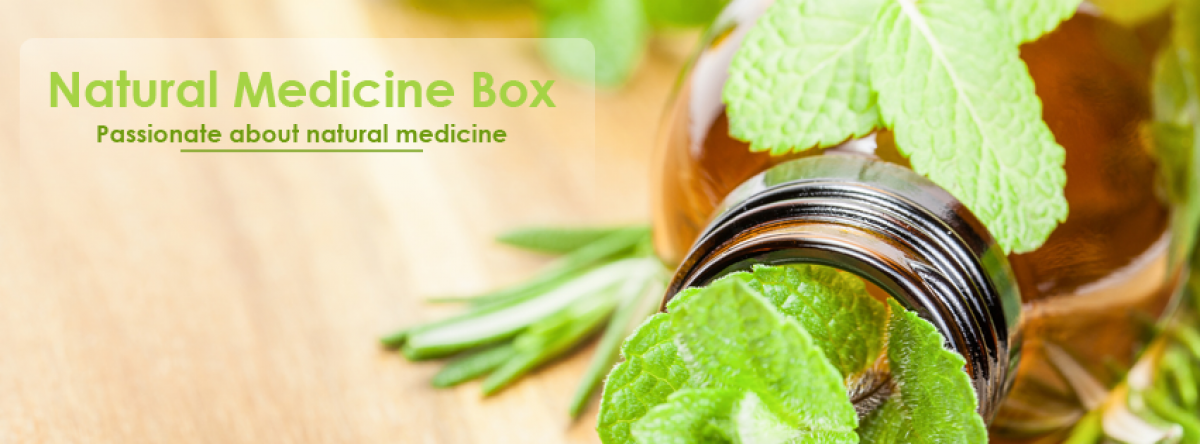The 3 deadliest drugs in America are all totally legal
1) Tobacco

Behold, the deadliest substance in America. (Eric Feferberg/AFP via Getty Images)
When it comes to deadliness, no single substance comes close to tobacco. To put its risk in perspective, more Americans die from tobacco-caused health problems like lung cancer and heart disease than reported drug overdoses, traffic accidents, andhomicides combined.
The chart at the top of this article actually understates the number of tobacco deaths, since it only considers the most direct causes of deaths and excludes secondhand smoking, perinatal conditions, and residential fires.
Overall, cigarette smoking is linked to one in five deaths in the US each year, according to CDC estimates for average annual fatalities based on deaths between 2005 and 2009. Nearly 42,000 of the total 480,000 deaths from smoking are caused by secondhand smoke.
US tobacco use has greatly declined in the past several decades, although nearly one in five high school students and adults still smoked cigarettes in 2011. Experts attribute the decline to various factors, including education campaigns, mandatory warning labels, public and workplace smoking bans, and higher taxes on tobacco products. Continuing these efforts, public health officials hope, will continue pushing down the rate of smoking in the US.2) Alcohol
Alcohol-induced health problems, such as liver disease, led to more than 29,000 deaths in 2013. But that actually under-counts the number of deaths caused by alcohol: When including other causes of death like drunk driving and homicides, the toll rises to 88,000 per year.
Even this higher number may understate the more general risk of alcohol. A previous analysis, led by British researcher David Nutt and published in The Lancet, took a comprehensive look at 20 of the world’s most popular drugs and the risks they pose in the UK. A conference of drug experts measured all the factors involved — mortality, other physical damage, chance of developing dependence, impairment of mental function, effect on crime, and so on — and assigned each drug a score. They concluded alcohol is by far the most dangerous drug to society as a whole.

What makes alcohol so dangerous? The health effects of excessive drinking and drunk driving are two obvious problems. But there are other major issues rooted in alcohol-induced aggression and erratic behavior: injuries, economic productivity costs, family adversities, and even crime. (Alcohol is a factor in 40 percent of violent crimes, according to the National Council on Alcoholism and Drug Dependence.)
Still, The Lancet‘s report has come under some major criticisms. Although drug policy experts generally agree that alcohol is dangerous — and definitely more dangerous than marijuana — they argue the report misses some of the nuance behind each drug’s harms. For one, it doesn’t entirely control for the availability of these drugs, so it’s possible heroin and crack cocaine in particular would be ranked higher if they were as readily available as alcohol. And the findings are based on the UK, so the specific scores would likely differ to some extent for the US — particularly for meth, which is more widely available in the states.
3) Prescription painkillers

These can relieve pain, but they can be dangerous — especially when paired with other drugs. (Education Images/UIG via Getty Images)
Opioid-based prescription painkillers have been linked to an increase in overdose deaths since 1999. These deaths frequently involve multiple drugs; the CDC found 31 percent of prescription painkiller-linked overdose deaths in 2011 were also related to benzodiazepines, a legal anti-anxiety drug.
Whether these prescription painkiller deaths amount to an “epidemic,” as some local, state, and federal officials claim, is a matter of semantic debate in drug policy circles. Regardless of what one labels it, the general point is that prescription painkillers are linked to thousands of deaths each year. (Radley Balko, now of the Washington Post, wrote a great three-part series on the debate around this topic.)
Policymakers have responded to the deaths by putting tighter restrictions on the distribution of prescription painkillers and cracking down on “pill mills,” or doctors, clinics, and pharmacies that dispense prescription painkillers unscrupulously or for non-medical reasons.
Read the original article here vox.com
Source: vox.com


IMO posts like this are great